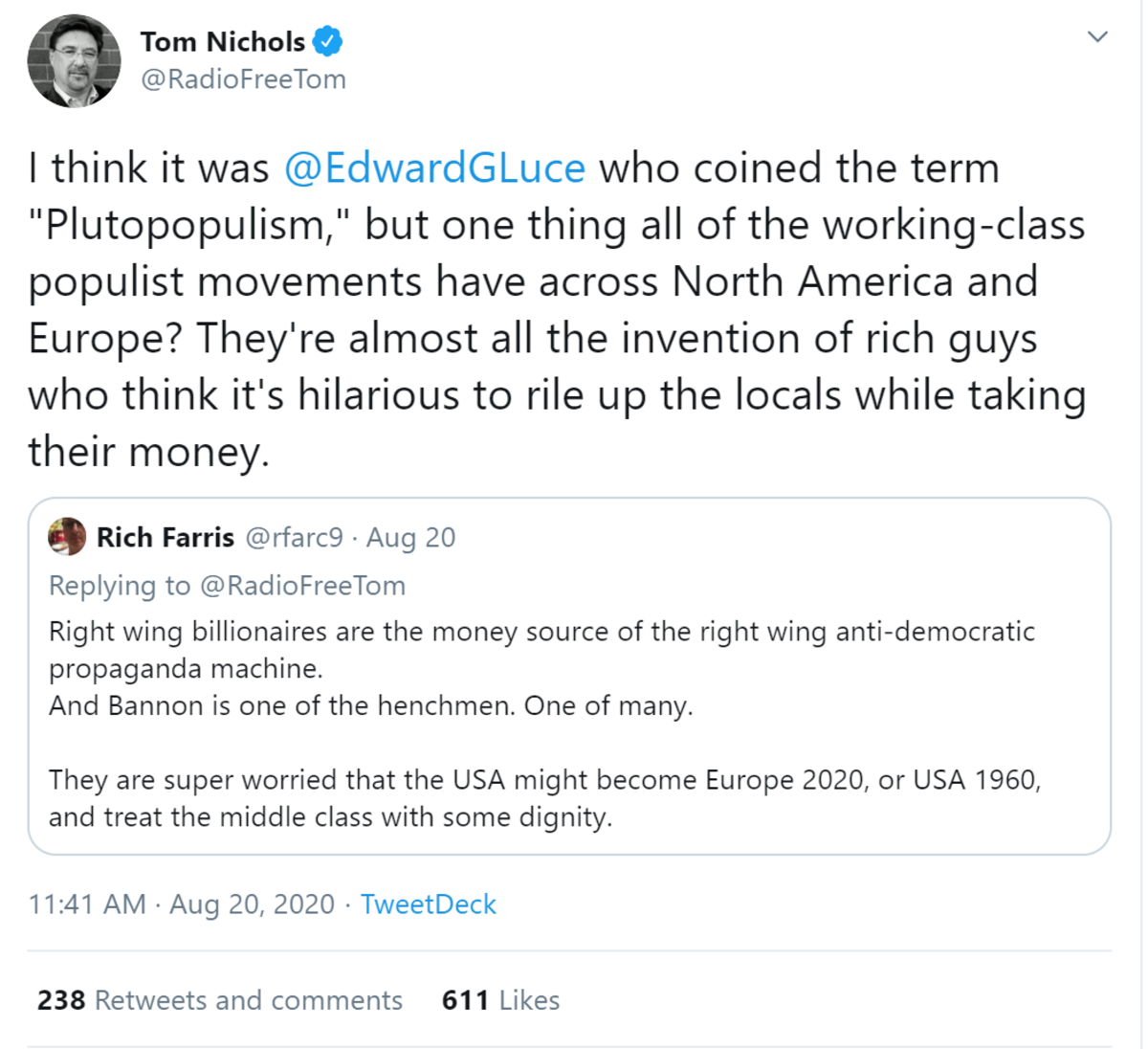NOAM CHOMSKY'S MANUFACTURING CONSENT:THE POLITICAL ECONOMY OF THE MASS MEDIA

Manufacturing Consent: the Political Economy of the Mass Media is a disturbing and thought provoking book. It is disturbing when we realize that the common man has been ensnared in a carefully woven web of propaganda. If a totalitarian regime uses violence to get conformity, democracy resorts to propaganda. Chomsky explains how this indoctrination is done and the rationale behind it.
Statistics reveal that about 23 corporations have control over 50% of the media in the US. This however does not reveal the extent of its control over society. But Chomsky diligently unravels its nexus. The economic decisions of investment, production and distribution in a society are in the hands of a few big corporations, and they in turn also occupy positions of authority in the political system. In such a scenario it becomes imperative for the political system to not only sustain it but also provide the ideological infrastructure. This is where the corporation’s control over the media becomes handy. Chomsky explains this by using the ‘propaganda model’. Indoctrination is done in two ways. First identify the target audience, one of which may be called the’ political class’. They form just twenty percent of the population, are well educated and articulate. They are usually managers, teachers, and writers etc, who are involved in some some kind of decision making, and being opinion makers form a crucial segment. They are also take part in the voting process. The remaining eighty per cent of the population merely follow orders and are not expected to think. So if you can control the opinion leaders, the masses would faithfully follow. This is where the next component of the ‘propaganda model’ becomes operational.
This subtle control of the articulate and politically conscious opinion leaders is achieved by ‘agenda setting‘a process which involves an elaborate filtering process. Selection of news, framing and focusing of issues, and the initiation and limiting of debate are all done discretely. This process is usually done by the elite media like The New York Times, The Washington Post and a few major television channels. Once the major framework has been set, others merely adapt to this structure, the local media particularly.
There are other filters too which influence media content. The most important happens to be the ownership of the media, which in the US is in the hands of a few dozen major corporations.
The other major filter is advertising, which is the primary source of revenue for the media. The indirect control the advertiser has is by controlling the flow of advertising.
Media relies heavily on corporate and Government sources for information. The Public relations departments of big corporations and Government have perfected the art of ‘managing’ the media, which they put to maximum use.
Manufacturing consent is primarily a compilation of case studies to validate the propaganda model. Cases are primarily from stories churned out by the big media like The New York Times, Time, Newsweek, and CBS News. Chomsky and Herman first present the facts and then go on to analyze how these facts have been presented. The findings will certainly make us rethink our notion of freedom of press









